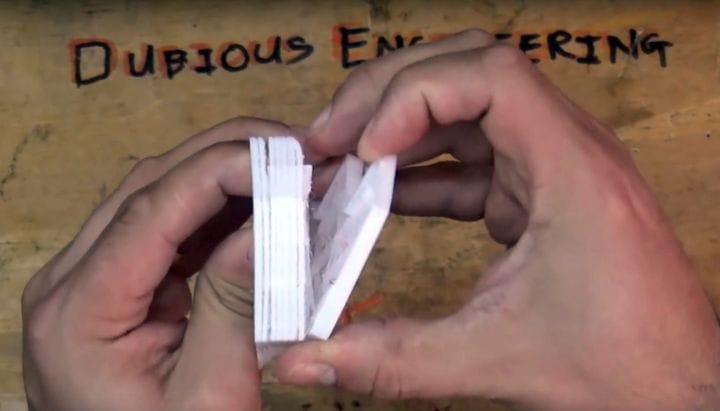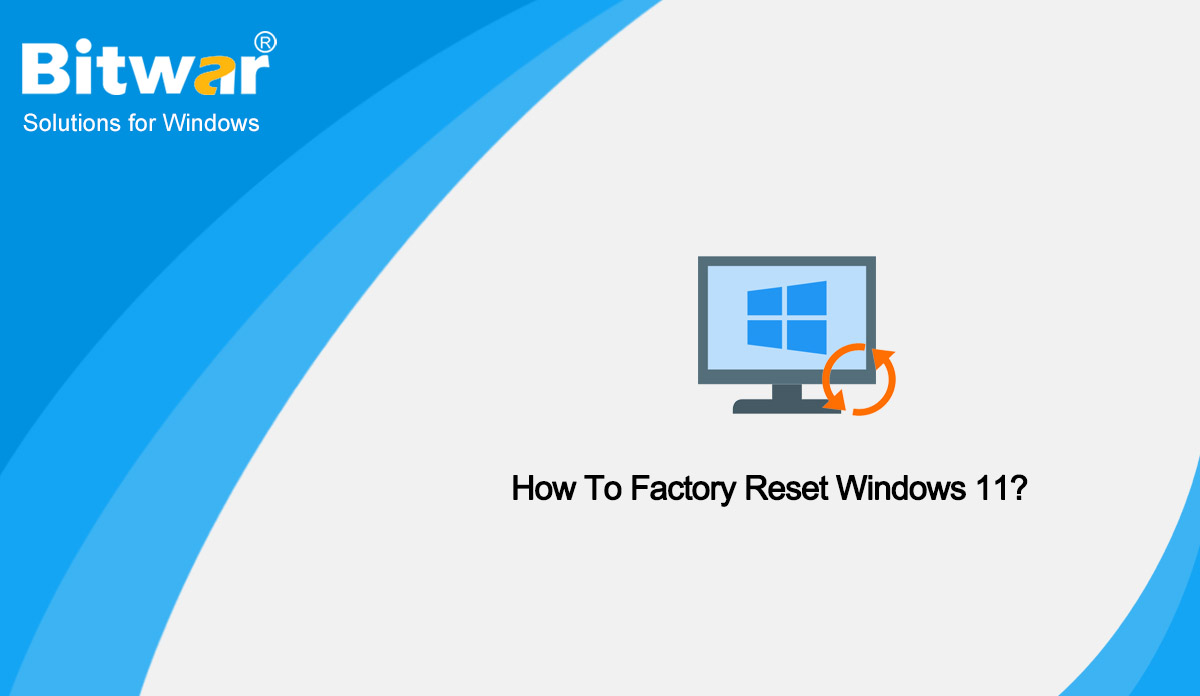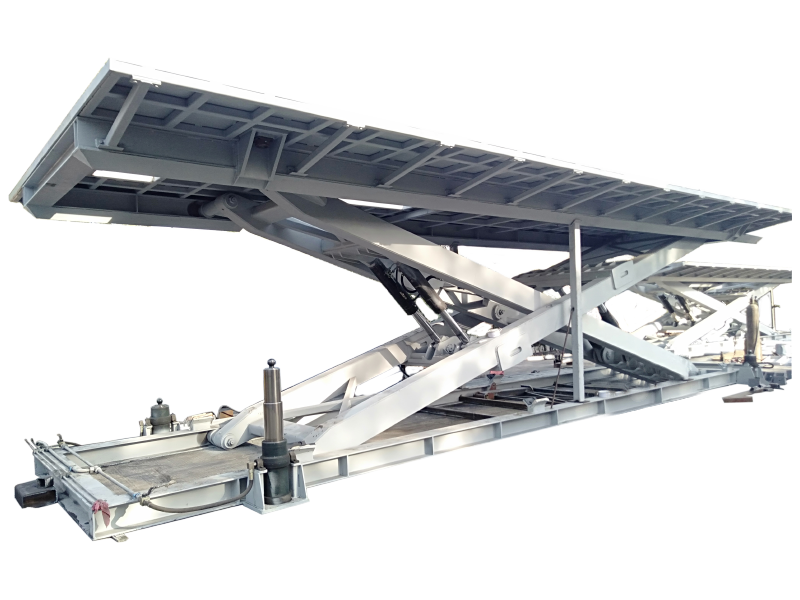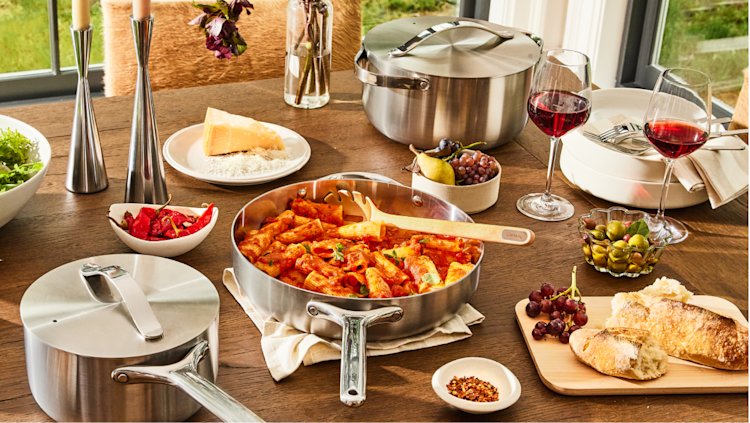
Alright folks, let’s talk 3D printing. We all know how satisfying it is to see your digital creations materialize into tangible objects. But sometimes, things just don’t go as planned. Layers are warping, your print is failing to adhere to the bed, or you’re just getting spaghetti instead of a spaceship. What gives? One of the most overlooked factors, in my humble opinion, is temperature. I’m not just talking about the nozzle temperature, either. The ambient temperature of your printing environment can make a huge difference, especially when working with certain materials.
The Goldilocks Zone for Your 3D Printer

Think of it like Goldilocks and the three bears. Too hot, and your filament might soften prematurely, leading to clogs and dimensional inaccuracies. Too cold, and you risk warping and poor layer adhesion, especially with materials like ABS. You need to find that “just right” temperature. This, of course, varies depending on the filament you’re using. PLA, for example, is generally more forgiving and can tolerate a wider range of ambient temperatures than ABS. ABS, on the other hand, prefers a warmer environment to prevent warping. I’ve found that keeping my printing room consistently between 70°F (21°C) and 75°F (24°C) is generally a sweet spot for most filaments, although this is really dependant on the material.
Controlling Your Printing Environment

So, how do you maintain that optimal temperature? Well, there are a few options. If you live in a colder climate (like I do for part of the year, anyway), you might consider using an enclosure for your 3D printer. This helps to insulate the printer and maintain a consistent internal temperature. There are commercially available enclosures, or you can even build your own out of acrylic or even a repurposed cardboard box – just make sure it’s fire-resistant! For those of us in warmer climates, it’s about keeping the printing area from getting *too* hot. A simple fan can help circulate air and prevent overheating, although you want to be careful not to create drafts that could cause warping. I’ve even seen people use small air conditioners in their printing rooms, especially during those brutal summer months. Remember, consistency is key. Fluctuations in temperature can wreak havoc on your prints, so try to maintain a stable environment throughout the entire printing process. I find that watching a movie in the room helps to control my desire to open the window when the temperature gets a bit too high. And when you finally have a successful 3D print, it’s like the feeling you get when you finally make something really great using the new grill!
Ultimately, finding the right temperature for 3D printing is a bit of a trial-and-error process. But by understanding the principles involved and taking steps to control your printing environment, you can significantly improve the quality and reliability of your prints. So go forth, experiment, and happy printing!
If you are searching about Best Room Temperature for 3D Printing you’ve visit to the right place. We have 10 Pictures about Best Room Temperature for 3D Printing like 3D Printing Temperature Tower in Cura – 3DprintingGeek, The Best 3D Printing Temperatures for PLA, TPU, ABS, PETG, Nylon | All3DP and also In 3D Printing, Temperature Counts « Fabbaloo. Read more:
Best Room Temperature For 3D Printing

m3dzone.com
3D Print Quality: Mastering 3D Printing Temperature Settings – AzureFilm

azurefilm.com
3D Printing Temperature Tower In Cura – 3DprintingGeek

3dprintinggeek.com
The Best 3D Printing Temperatures For PLA, TPU, ABS, PETG, Nylon | All3DP

all3dp.com
temperature printing best pla 3d petg printer nylon tpu different all3dp temperatures filaments heated discussion facfox
3D Print Quality: Mastering 3D Printing Temperature Settings – AzureFilm

azurefilm.com
Best PLA Print Temperature Settings For 3D Printing – Design Dynamics

designdynamics.io
3D Print Quality: Mastering 3D Printing Temperature Settings – AzureFilm

azurefilm.com
Printer Temperature : R/3Dprinting

www.reddit.com
3D Printing High Temperature Materials – Magigoo

magigoo.com
minifactory printing printed magigoo ultem 1010 3dprint polymer
In 3D Printing, Temperature Counts « Fabbaloo

www.fabbaloo.com
printing temperature 3d counts fabbaloo
Best pla print temperature settings for 3d printing. Best room temperature for 3d printing. The best 3d printing temperatures for pla, tpu, abs, petg, nylon







:max_bytes(150000):strip_icc()/008_how-to-factory-reset-a-lenovo-laptop-5115817-a67348722ce94f9783881ea29e596310.jpg)